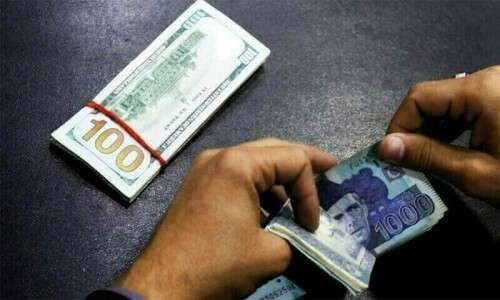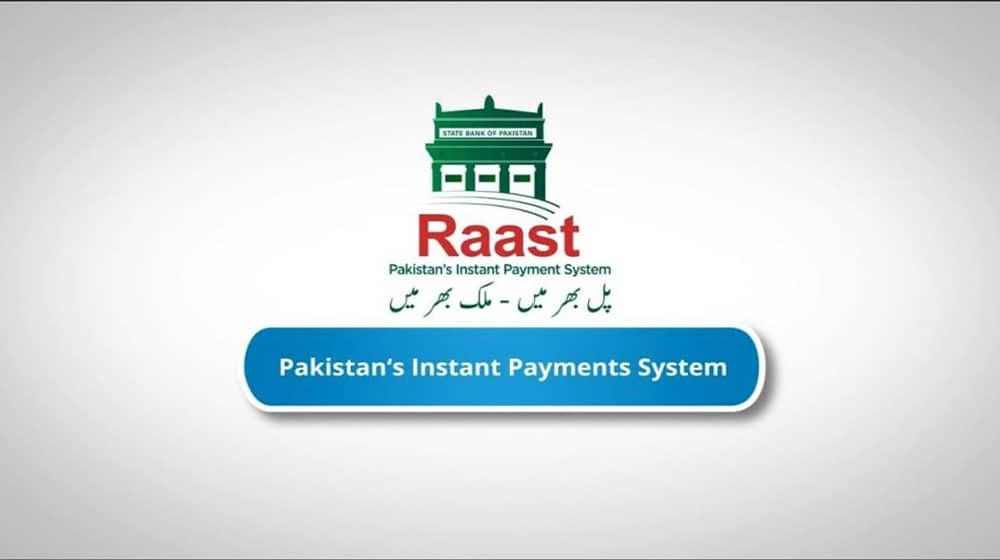H1: Industry Leaders Debate Possible Interest Rate Cut in Pakistan
As Pakistan’s economy grapples with inflationary pressures and a fluctuating currency, industry leaders are urging the State Bank of Pakistan (SBP) to reconsider its monetary policy, calling for a significant reduction in the interest rate. While some are calling for a drastic cut, others advocate a more cautious approach, arguing that stability must be prioritized.
H2: Calls for Cautious Approach to Interest Rate Cuts
H3: Pakistan Business Council’s Stance on the SBP’s Approach
Ehsan Malik, the Chief Executive of the Pakistan Business Council (PBC), expressed concerns regarding any hasty decision regarding interest rate cuts. Speaking to Dawn, Malik explained that the PBC anticipates a reduction of 100 basis points (bps) in the SBP’s monetary policy meeting scheduled for January 27, 2025. Despite this cut, Malik believes that the policy rate should be held at 12% for the foreseeable future.
“Pakistan needs to tread on the growth path carefully by focusing on sectors that are either low or non-import reliant,” he noted. “Agriculture and information technology-based sectors can drive export growth potential and should be prioritized to avoid undermining hard-earned economic stability.”
Malik’s view stems from the rising import costs, especially for oil, as demand continues to increase. He believes the current account balance and rupee devaluation will play a key role in shaping inflationary trends in the coming months.
H3: Cautious Approach to Maintain Stability
While Malik’s cautious approach advocates for gradual economic stabilization, he also acknowledges the potential risks associated with accelerating the recovery. “Premature growth stimulus can jeopardize the stability we have worked so hard to achieve,” Malik said. He also highlighted that growth should not come at the cost of destabilizing Pakistan’s recent economic achievements, particularly in controlling inflation.
H2: Opposing Views from Karachi’s Business Leaders
On the other hand, business leaders from Karachi believe that a more aggressive interest rate cut could stimulate the economy and facilitate growth. Mohammad Jawed Bilwani, President of the Karachi Chamber of Commerce and Industry (KCCI), argues that Pakistan should align its interest rates with those of neighboring countries such as China and India to foster economic growth.
H3: Interest Rate Comparison with Neighboring Countries
In China, the one-year loan price rate (LPR) stands at 3.1%, while the five-year LPR is 3.6%. Meanwhile, India’s benchmark interest rate is 6.6%. Bilwani believes that Pakistan’s economy would benefit from a similar reduction in rates, making it more competitive regionally. “The money should circulate in the market instead of staying in the banks,” Bilwani said. “Money circulation generates economic activities, creating job avenues and stimulating growth.”
H2: The Need for Cheaper Loans and Financial Relief
H3: Industrial Sector’s Demand for Interest Rate Cuts
Ahmed Azeem Alvi, President of the Site Association of Industry, strongly supports the demand for a reduction in the interest rate, arguing that a cut to single digits would benefit industries. He notes that the sharp deceleration in inflation has created an opportunity for the SBP to reduce borrowing costs. He believes that cheaper loans are crucial for industries aiming to establish a stronger presence in international markets.
Alvi further suggested that a significant reduction in the policy rate, potentially by 500bps, would increase the trend of borrowing from banks, address capital shortages, and restore industrial activities. He urged the SBP to review the monetary policy more frequently, possibly every fortnight, to ensure timely adjustments in response to changing economic conditions.
H3: Overcoming Regional Borrowing Costs
Sheikh Umer Rehan, Chairman of the Pakistan Vanaspati Manufacturers Association, also called for a single-digit interest rate, citing the high borrowing costs faced by industries in Pakistan. He emphasized that these high rates are limiting new investments and straining operational costs. According to Rehan, reducing interest rates would foster a more favorable investment climate, creating employment opportunities and stabilizing Pakistan’s economy.
H3: Strengthening Business Activities Through Financial Relief
Similarly, Salim Valimuhammad, President of the Pakistan Chemical and Dyes Merchants Association, added his support for reducing interest rates, asserting that it would help revive business activities that are currently stagnating due to high borrowing costs. He echoed the views of other industry leaders, urging the SBP to take the necessary steps to bring the policy rate in line with other regional economies.
H2: The Current State of Pakistan’s Economy
Pakistan’s economic recovery remains a challenging task, as inflationary pressures, a weakening currency, and rising oil prices continue to pose significant risks. The SBP’s monetary policy has been a topic of intense debate among economists and industry leaders, with the business community advocating for changes to stimulate growth while maintaining stability.
H3: The Role of the SBP in Balancing Growth and Stability
The SBP’s primary objective is to ensure price stability and economic growth. However, the central bank is faced with a delicate balancing act, as it must navigate global inflation trends, volatile currency movements, and the rising costs of imports. With Pakistan’s fiscal deficit continuing to widen, the central bank’s decisions will have far-reaching implications for the country’s economic future.
H2: Potential Impact of Interest Rate Cuts on the Economy
H3: The Pros and Cons of Lower Interest Rates
A lower interest rate could have several benefits for Pakistan’s economy. First, it could lead to reduced borrowing costs for businesses, enabling them to expand operations and invest in new projects. This could create jobs, stimulate consumer spending, and support industrial growth.
However, there are risks associated with reducing interest rates too quickly. A sharp rate cut could stoke inflation and further devalue the rupee, destabilizing the economy. Therefore, any interest rate reduction should be carefully calibrated to ensure long-term economic stability.
H2: Conclusion – A Delicate Balancing Act
In conclusion, while industry leaders remain divided over the future of interest rates in Pakistan, there is consensus that the current economic challenges demand careful consideration and strategic action. As the SBP prepares to make its decision on January 27, 2025, both the cautious approach advocated by some and the aggressive rate cuts proposed by others will play a key role in shaping the country’s economic trajectory.
FAQs
Q1: What is the current interest rate in Pakistan? The current interest rate in Pakistan is 13%, as set by the State Bank of Pakistan (SBP).
Q2: What is the impact of a high interest rate on businesses? A high interest rate increases the cost of borrowing, making it difficult for businesses to access affordable capital. This can lead to reduced investment, higher production costs, and slower economic growth.
Q3: Why do industry leaders want a reduction in interest rates? Industry leaders argue that a reduction in interest rates would lower borrowing costs, stimulate investment, create jobs, and help revive economic growth.
Q4: What is the expected interest rate change in Pakistan? The Pakistan Business Council (PBC) expects a 100 basis point (bps) reduction in the interest rate during the SBP’s meeting scheduled for January 27, 2025.
Q5: How could a reduction in interest rates benefit the economy? A reduction in interest rates could lead to increased borrowing, lower production costs, enhanced investment opportunities, and a revitalized industrial sector, all of which could stimulate economic growth.



